Nursing Education Technology Implementation Plan PowerPoint
VerifiedAdded on 2023/06/10
|13
|639
|402
Presentation
AI Summary
This presentation outlines an implementation plan for integrating simulation technology into nursing education. It addresses the need for improved clinical knowledge and skills among healthcare professionals, particularly in managing patients with breathing difficulties. The plan utilizes high-fidelity simulators (HFS) and follows a PICOT framework to assess the effectiveness of simulation compared to traditional clinical trials. The implementation process involves providing simulation-based training, collecting performance data through internal audits, and evaluating improvements in healthcare staff responses to clinical situations. The presentation includes a timeline for implementation, required resources such as practice labs and trained supervisors, and a proposed budget covering lab setup, equipment purchase, training costs, and software upgrades. The ultimate goal is to enhance the quality of care by better preparing healthcare professionals for diverse and complex clinical scenarios. Desklib provides this student contributed presentation along with a wealth of study resources.
1 out of 13

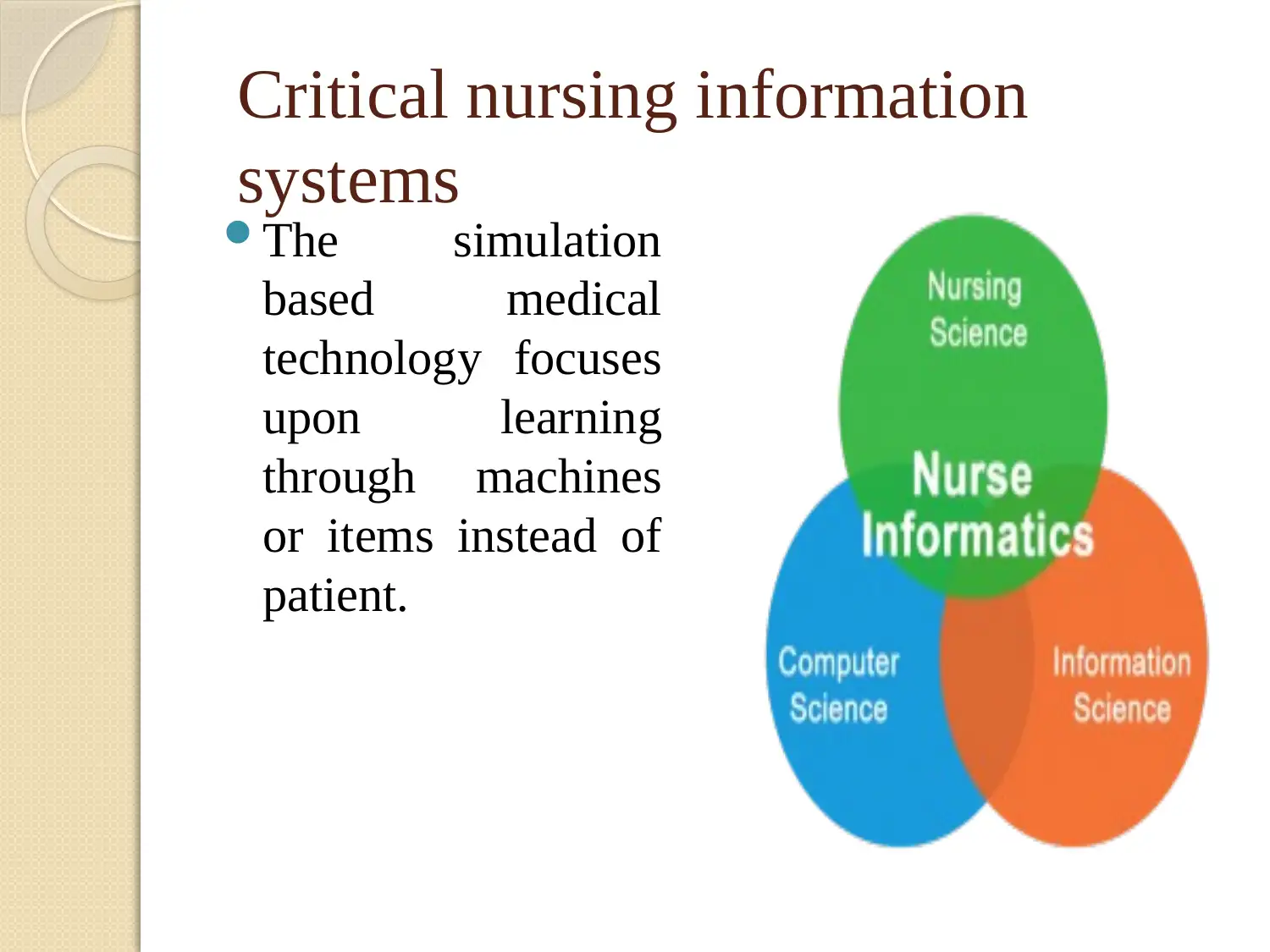
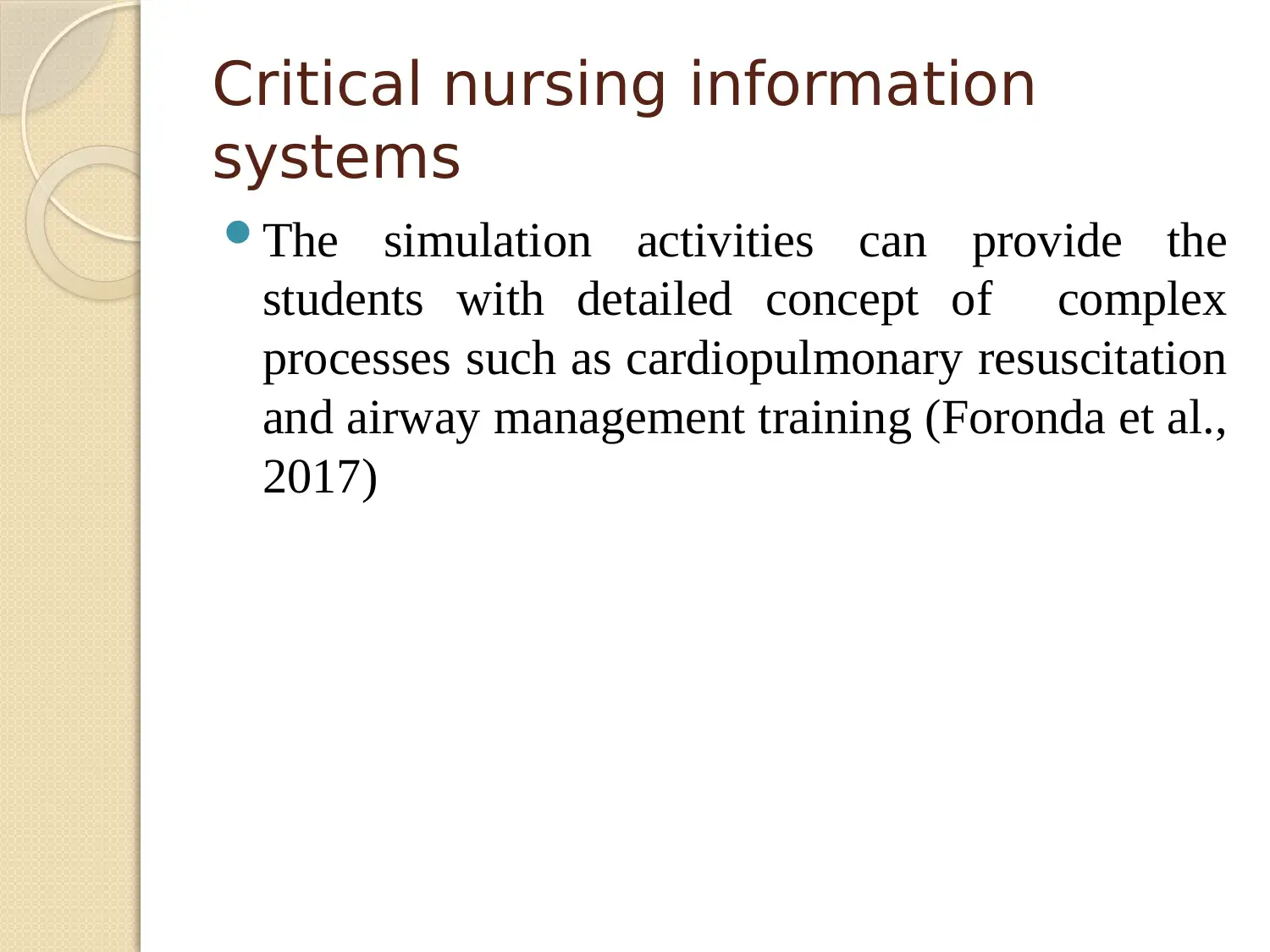

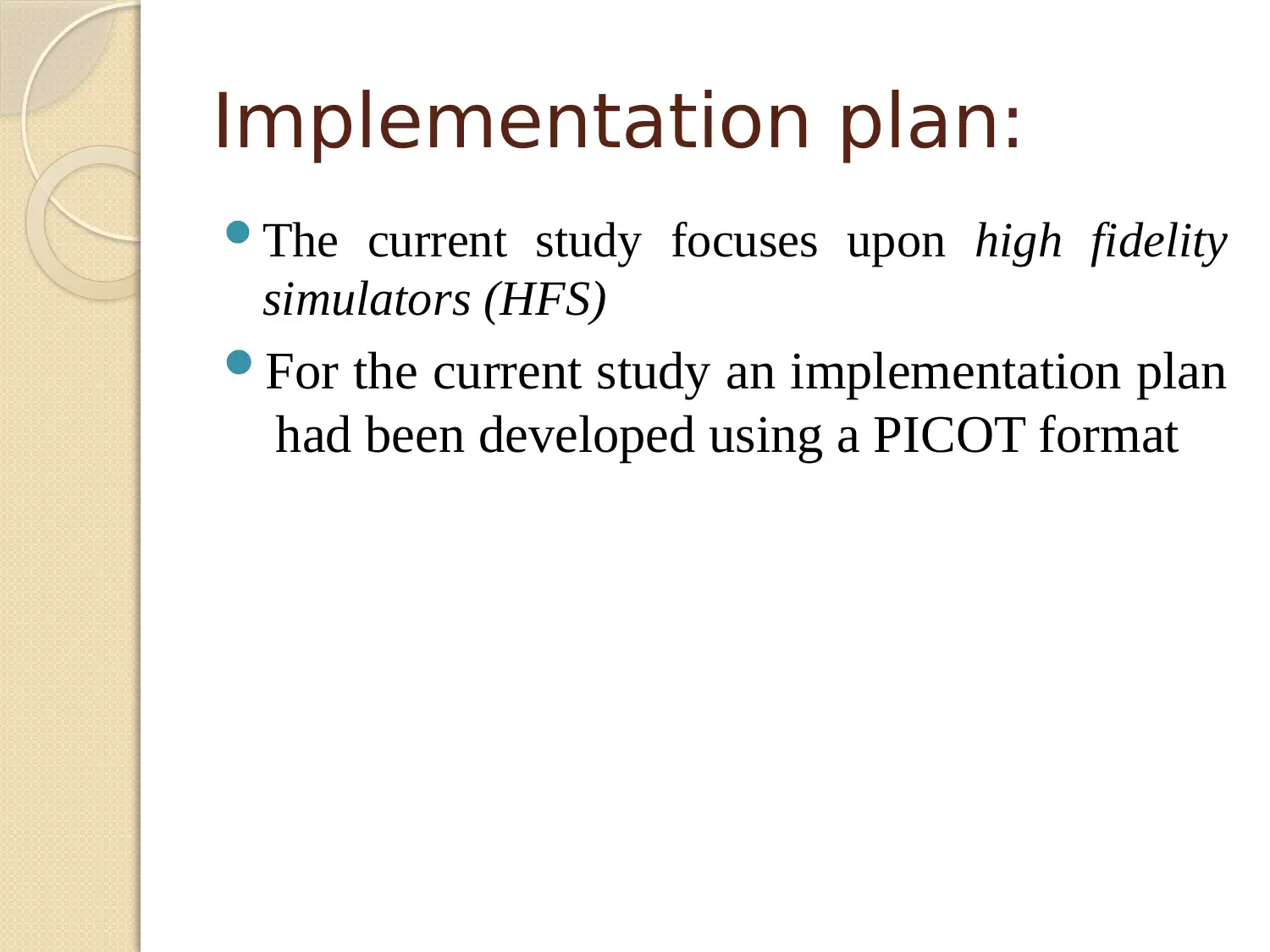
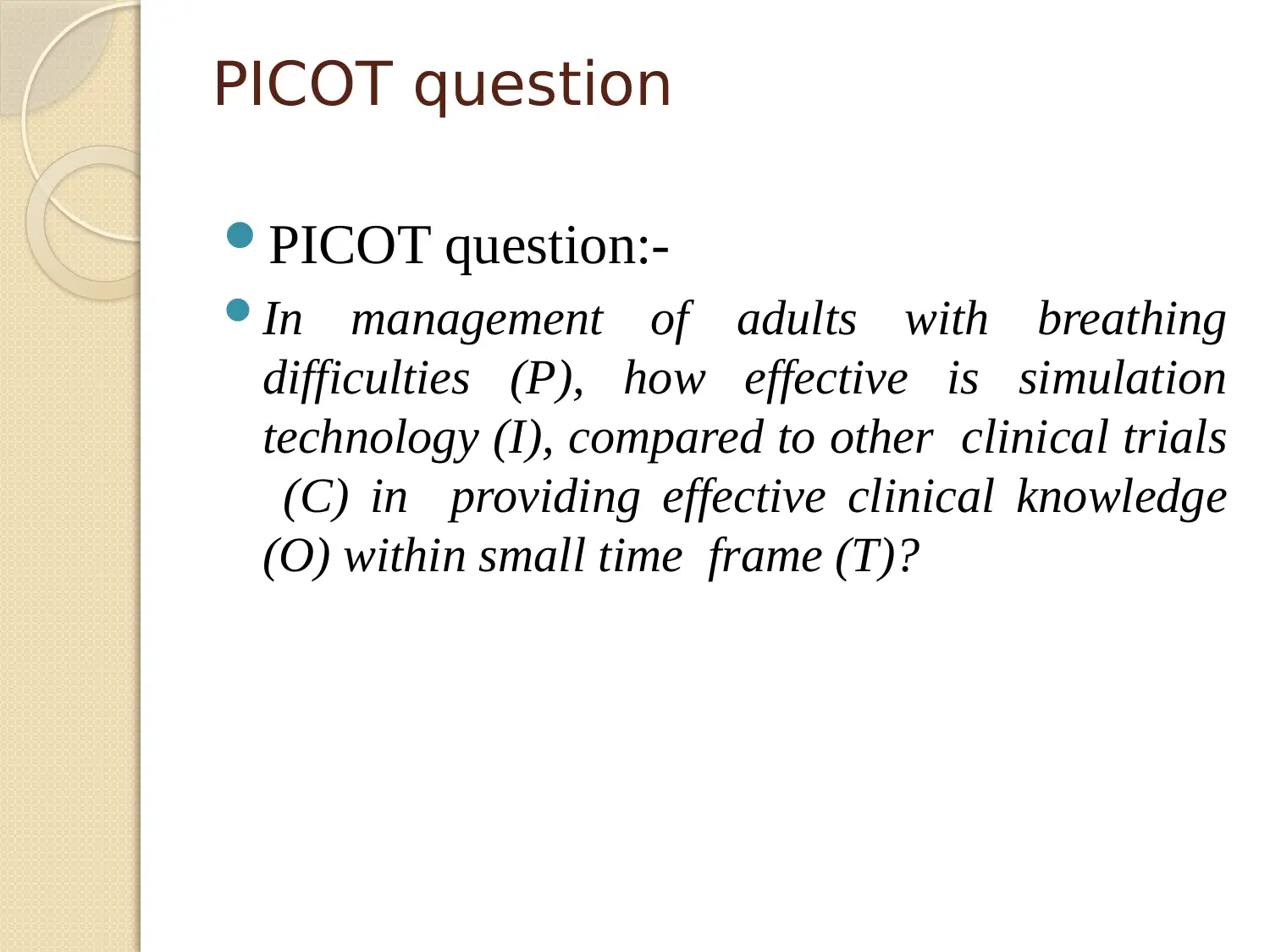
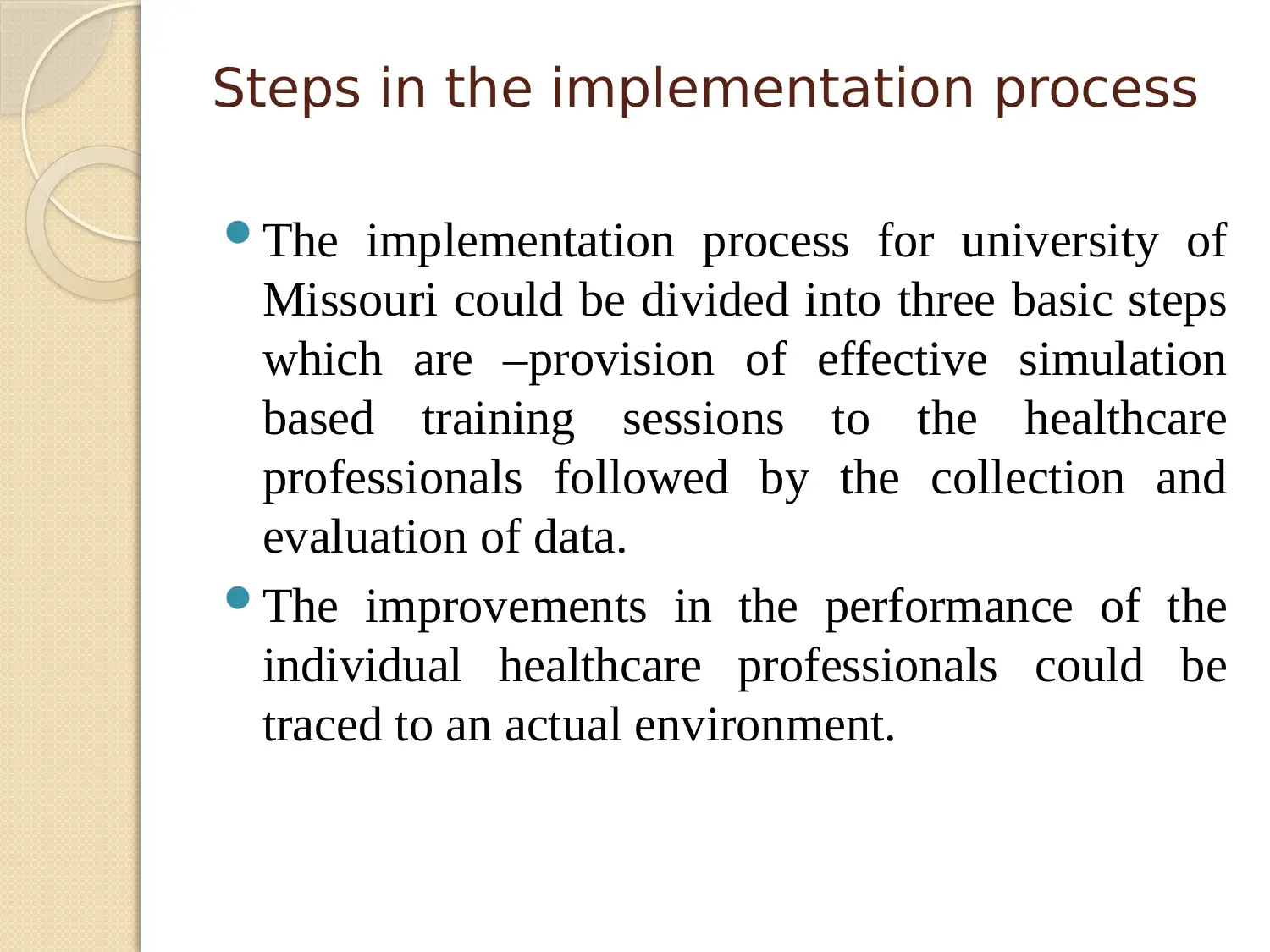
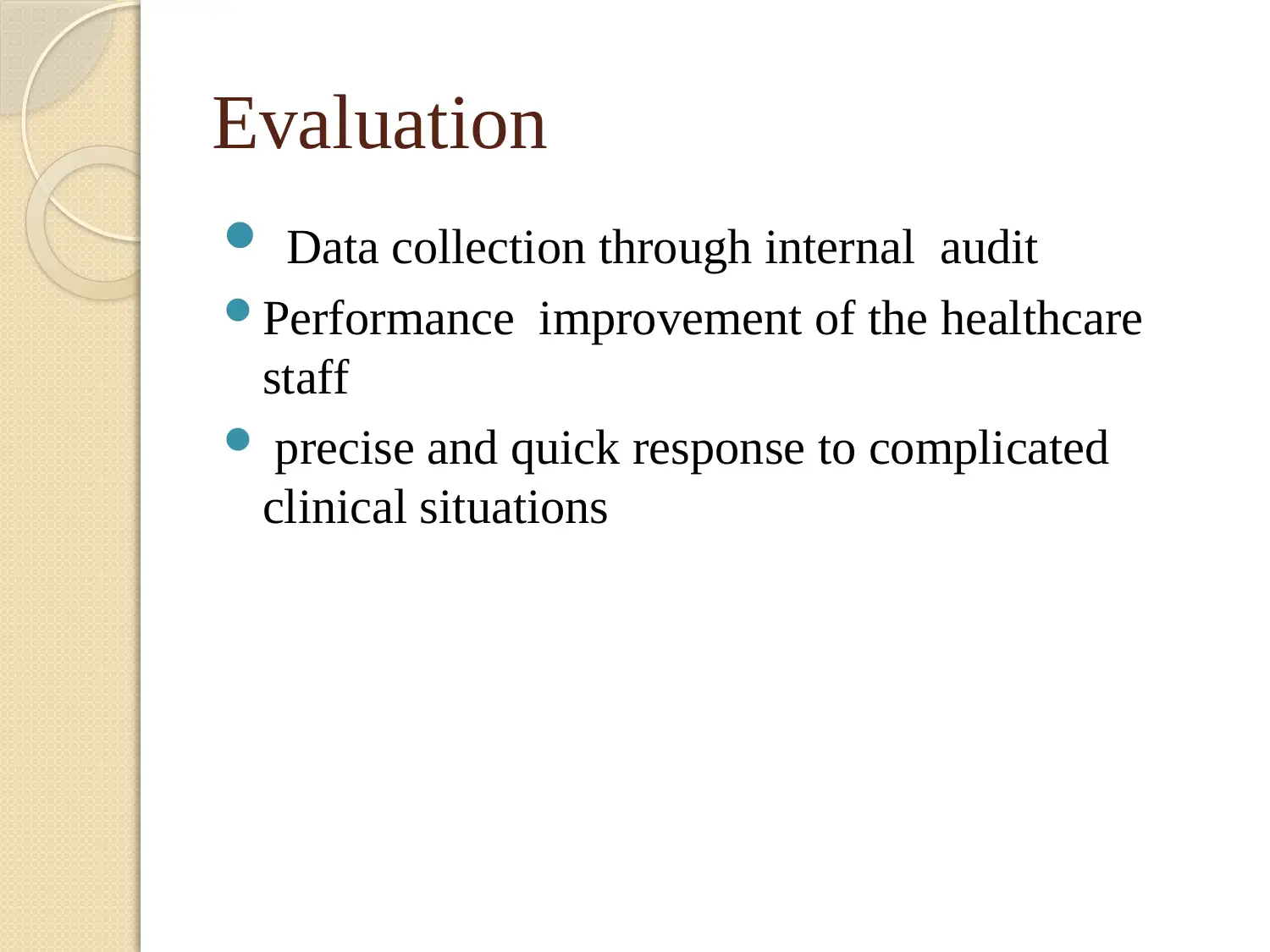
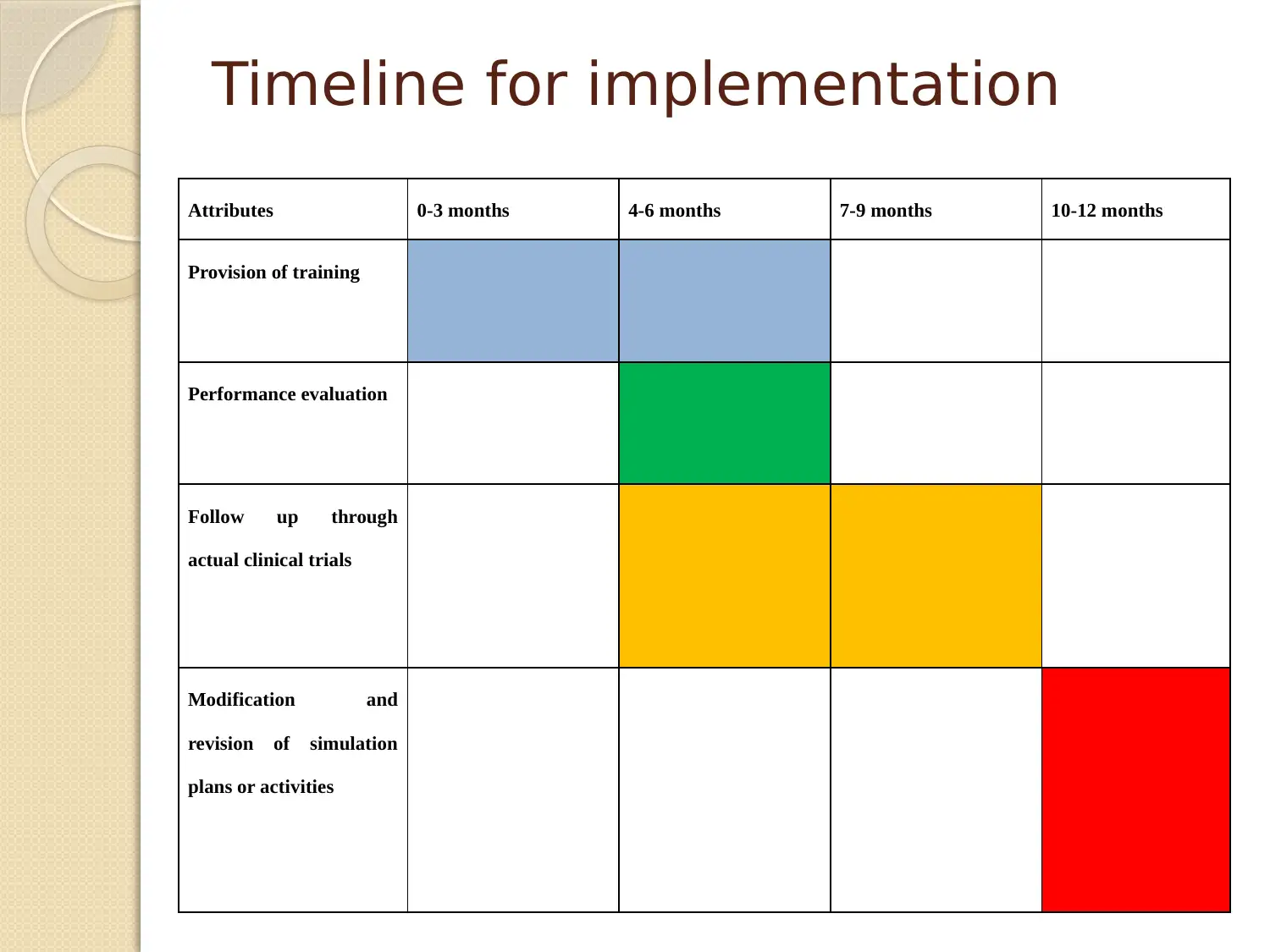
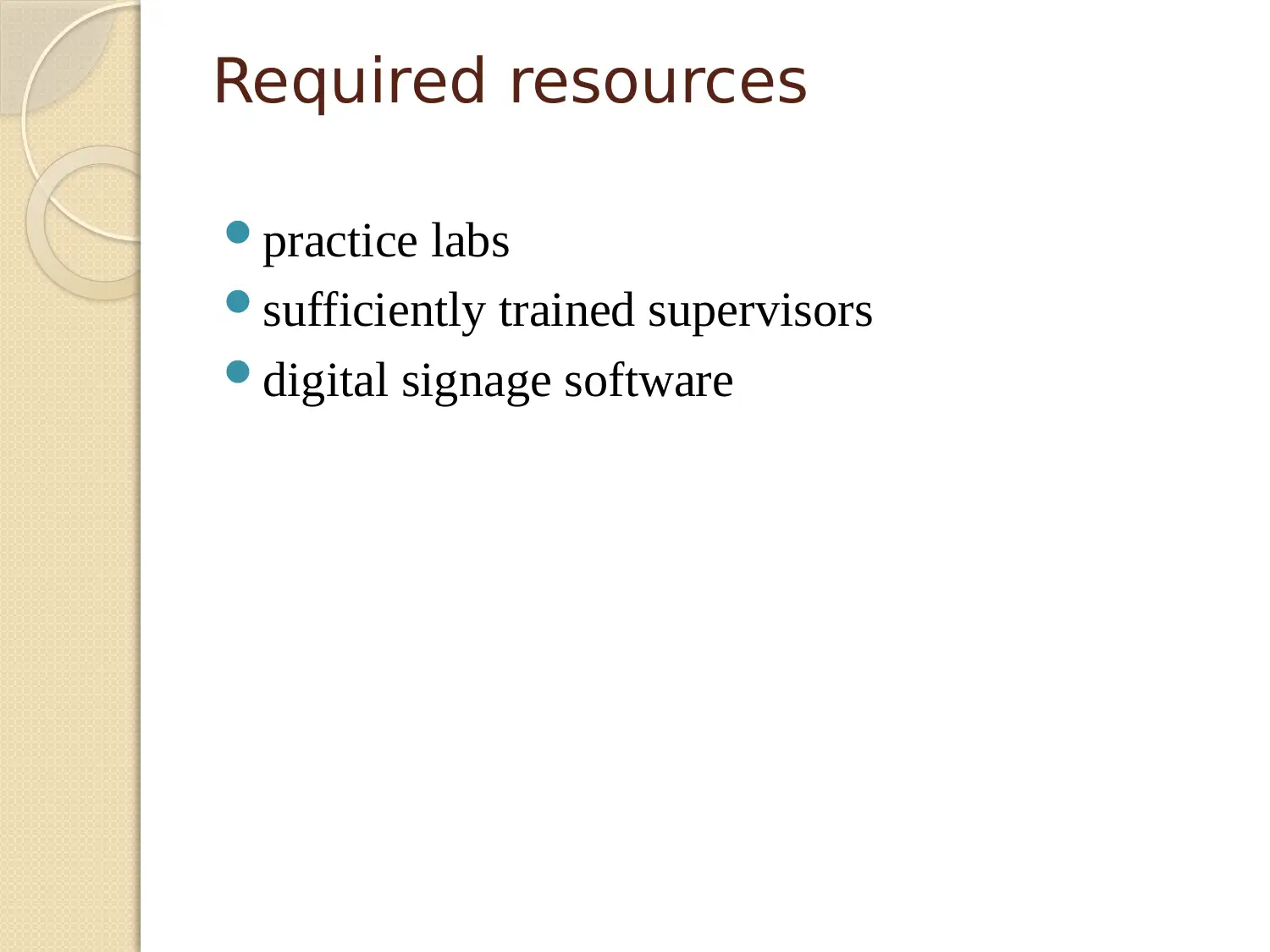
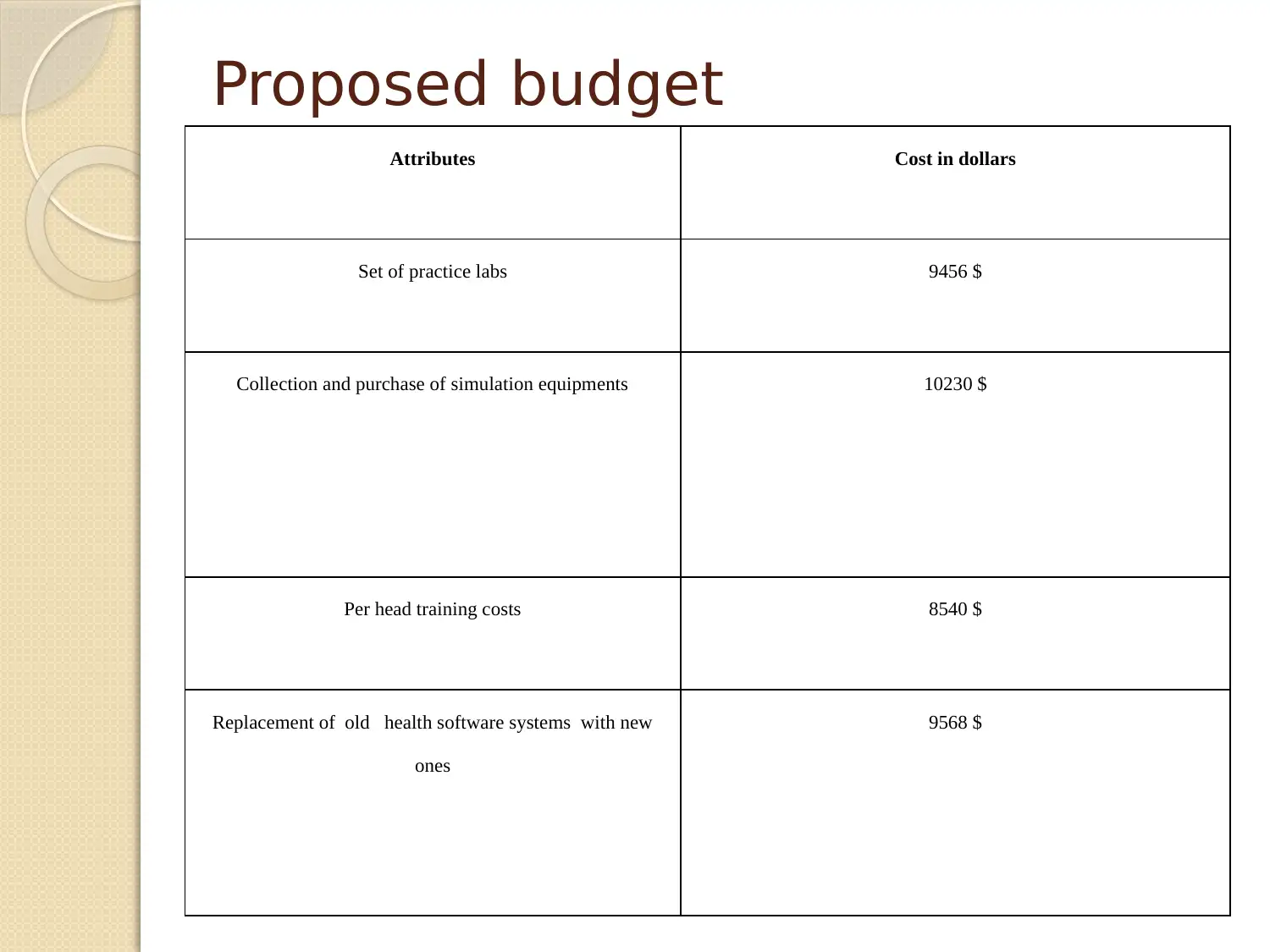
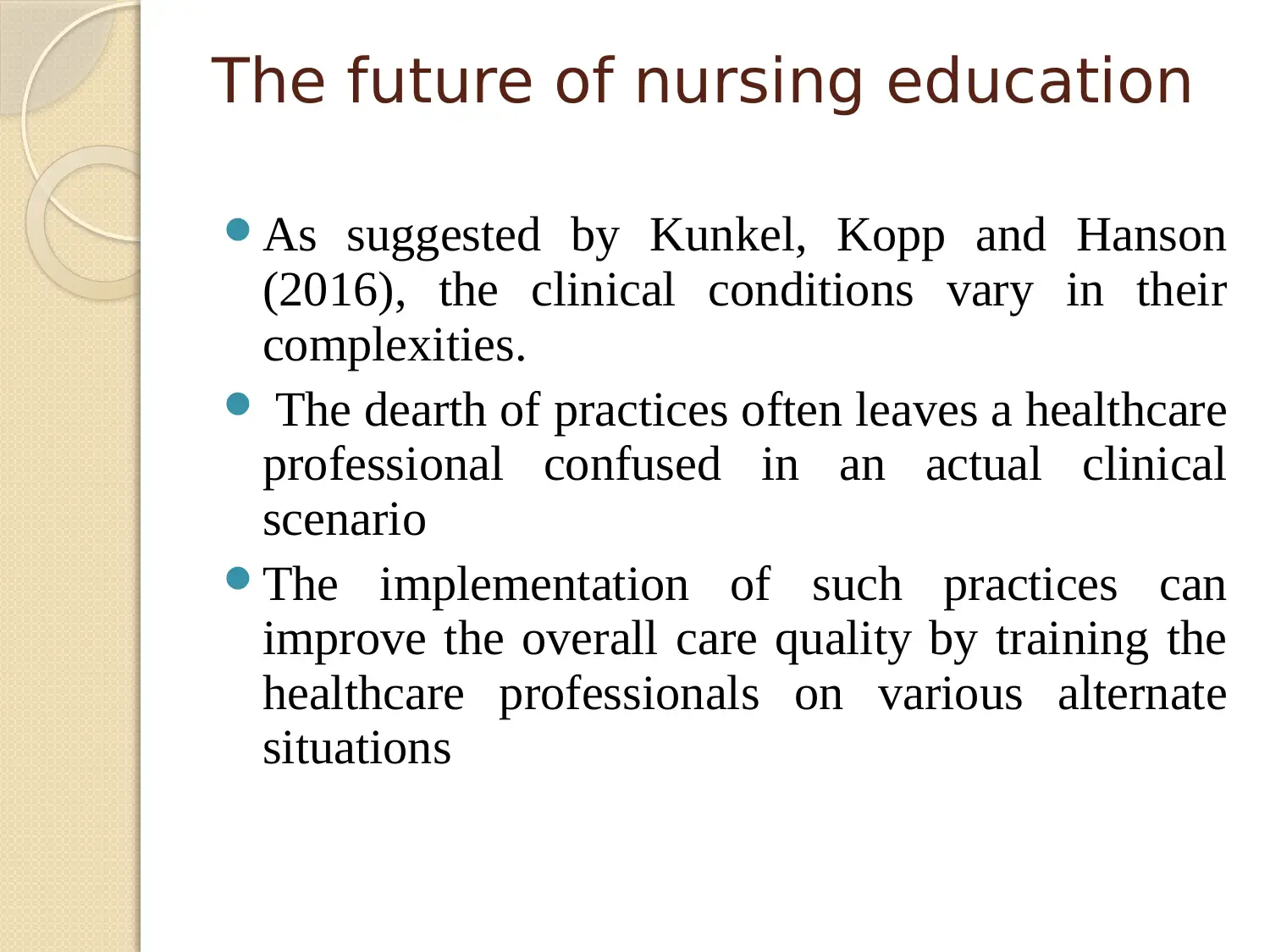
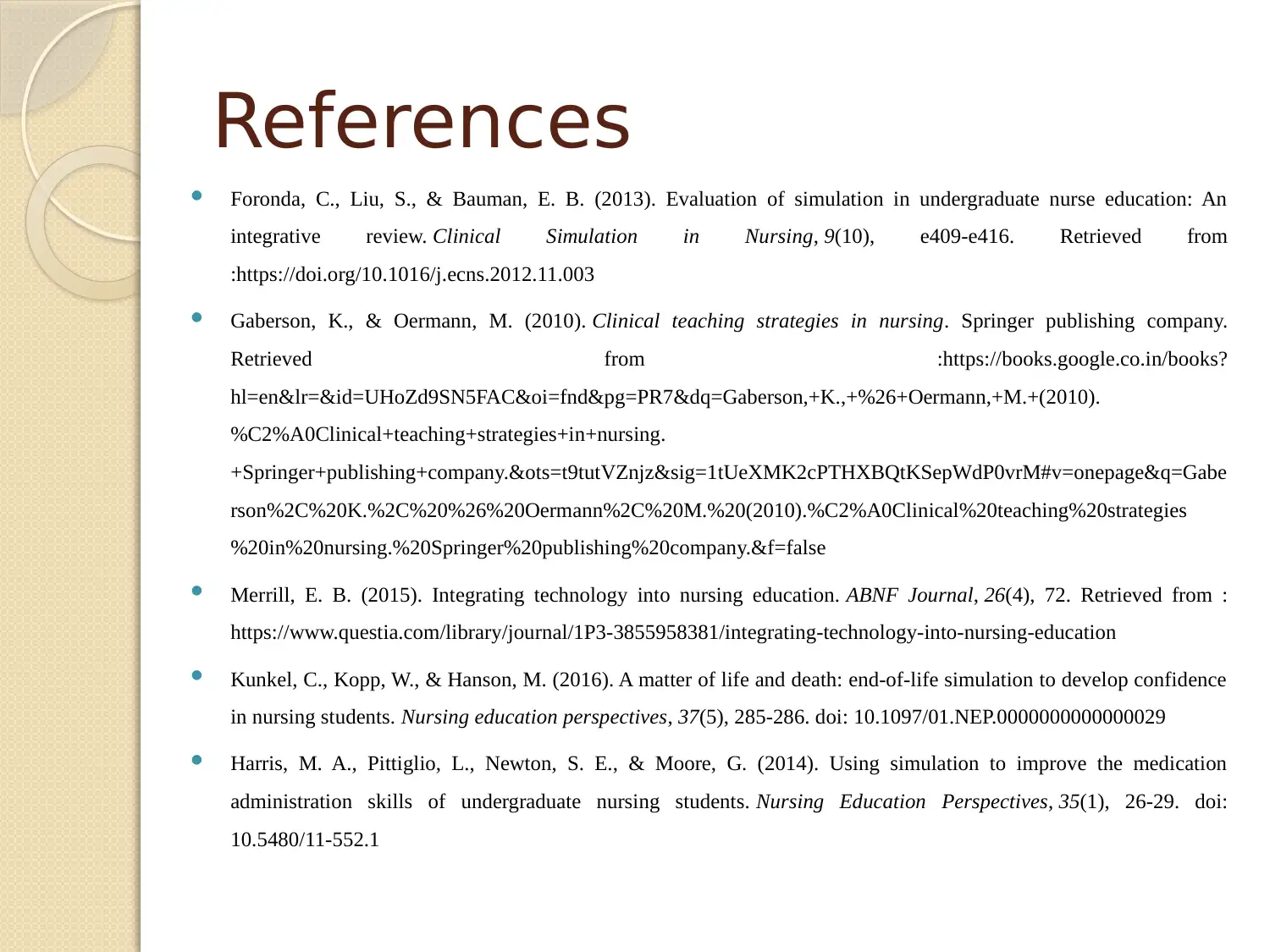





![[object Object]](/_next/static/media/star-bottom.7253800d.svg)